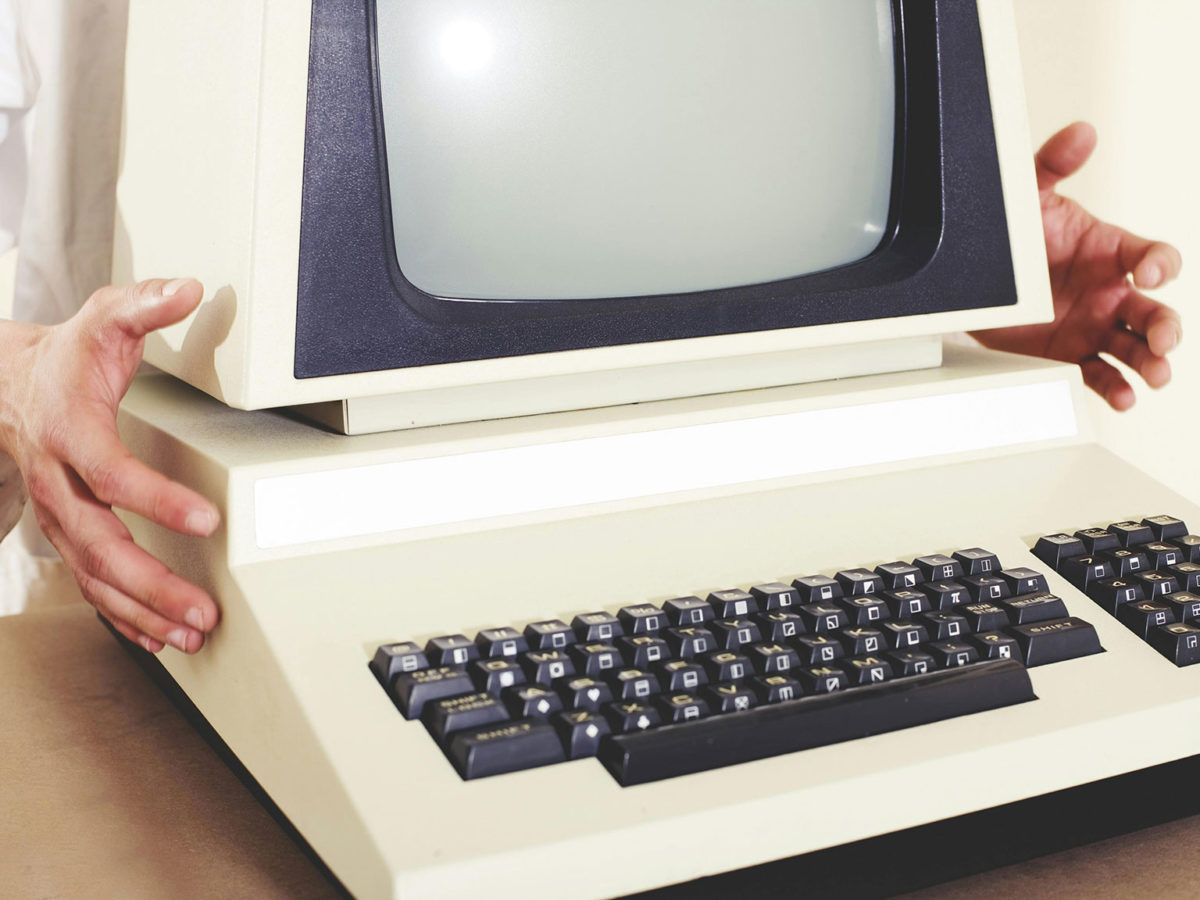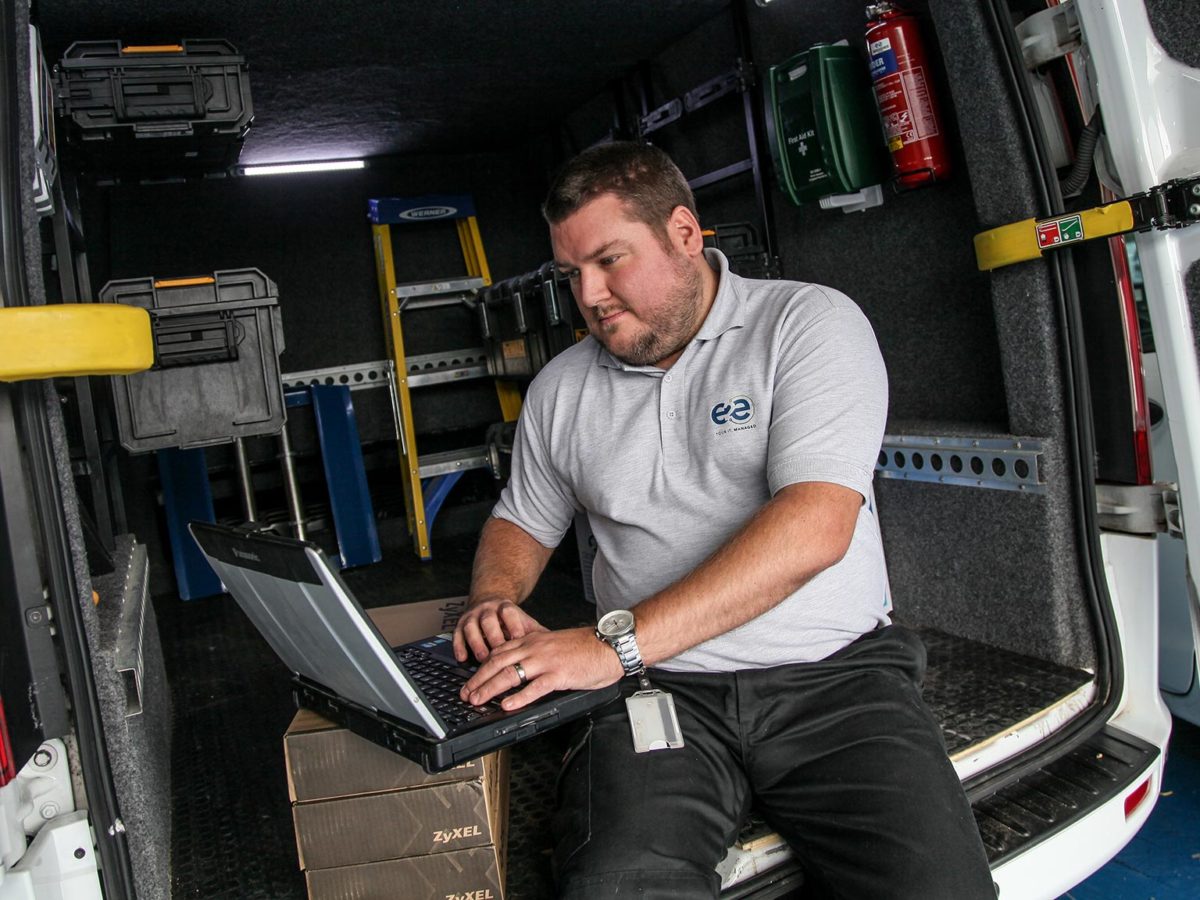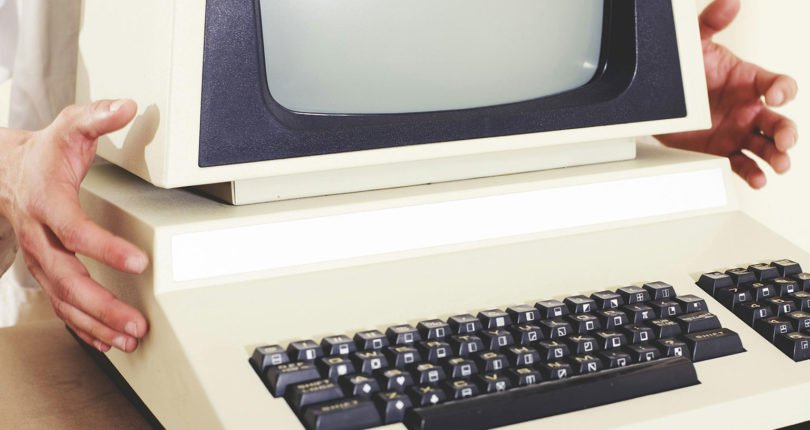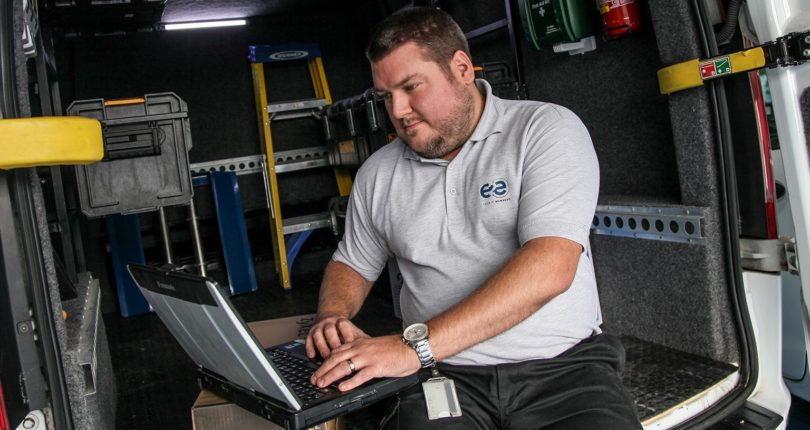Be prepared: Your IT to do list for a smooth office move
Carefully planning your IT should be at the top of your agenda for a smooth move, along with some contingencies in case the move doesn’t go quite to plan….
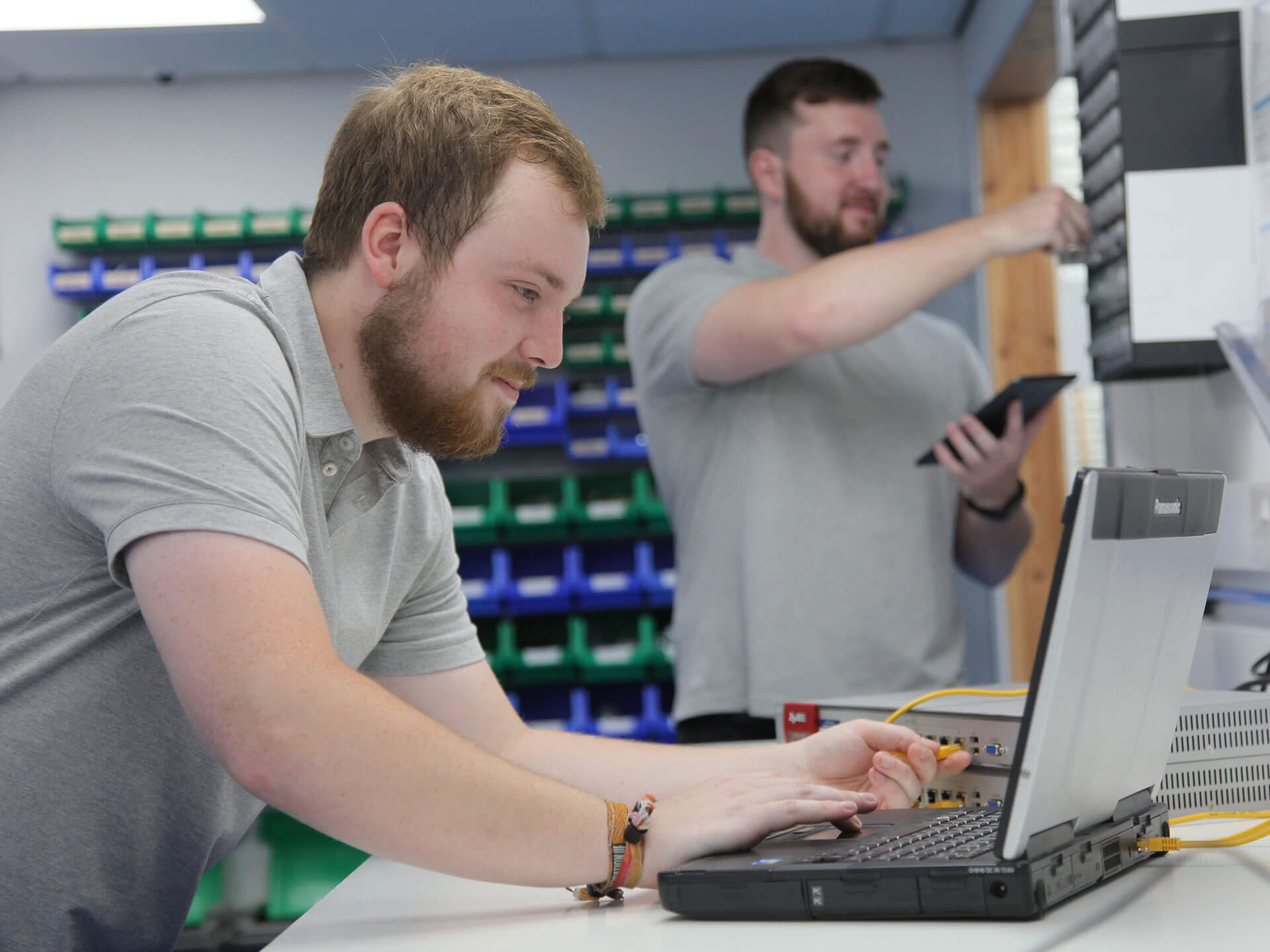
Why? Because there are many variables that come into play when moving offices, mainly because of the reliance on third parties.
The planning of your IT infrastructure when moving offices or transitioning a home-based business to its first location can be daunting, particularly when you consider what’s at stake.
Some of the reasons why you should meticulously plan your IT move are:
- Lead times of carriers (phones/mobile network/Wi-Fi/internet) – with all the will in the world these can be virtually impossible to budge.
- Downtime – when your IT systems aren’t in place, productivity is directly impacted which, in turn, affects your bottom line.
- Customer service levels – customers will only show a limited amount of sympathy for problems with your IT.
- Data issues – poorly planned IT moves can compromise data, which can be costly and time-consuming to resolve.
- Security protocols – these can also be compromised if the IT element of your office move isn’t carefully planned.
How should you plan your IT relocation during an office move?
Firstly, if you have a managed IT provider, they can do most of the planning for you. E2E offers managed IT support for companies that don’t have an in-house IT department, or where a small internal IT team needs additional support.
Plans for moving an existing company from one office to another will differ from the plans of a new business that is moving to its first commercial location. This is because an established company will already have an inventory of IT equipment, data, and software, whereas a new business will have many decisions to make about its required infrastructure.
What are your IT needs? Do you plan to use hard-wired connectivity or wireless? Will you be using a cloud-based server, or do you need an on-site server room? Workstations, cables, and phone lines requirements will need to be considered, as will the mapping of these essentials, based on your staffing plans. There is much to think about!
Your IT checklist for a hassle-free office move
Whether you are handling your IT relocation yourself or with the support of a managed IT provider, your IT checklist should include the following:
Choose your carriers
Earlier we mentioned carrier lead times. These include providers of broadband, phones, and mobile networks. Choose your carriers well in advance. Find out about any problems your office location might create. Research your carriers thoroughly to gain a full understanding of how well they handle customer issues and how easily your package can be upgraded or upscaled. Once chosen, you should get a firm agreement on the installation date.
Schedule a site visit
Visiting the new office at least two months in advance will give you the chance to review the network and data cabling requirements. You can take an inventory of all power, network, connectivity, and telephony ports. If you use the services of a managed IT provider, you should take them with you.
If moving an existing office, your site visit will tell you if the new office can accommodate your existing servers and other IT equipment, and importantly if it is fully secure to ensure the safety of equipment and data. This may highlight the need for a door entry system that will only allow access to authorised staff.
You can also check if the proposed comms and server location are clean and well ventilated, and whether cables need to be re-routed. Power points should also be checked to determine whether the current set-up is sufficient for your equipment or if extra sockets will need to be installed. This is also your opportunity to map out your cabling and decide upon the location of printers, scanners, and routers.
Check your existing equipment
An office move is a great opportunity for assessing your current IT equipment and updating any aging elements of your infrastructure. Decide whether your current equipment still meets your needs and if it will be suitable for your new office. Some equipment may be leased and therefore possibly returned. Responsibly dispose of any equipment that is broken or no longer required and upgrade equipment where appropriate.
Plan your telecoms
Depending on your growth plans, you should consider what kind of phone system is best for your business. Is a VoIP (Voice over Internet Protocol) system the most practical solution or do you want a more traditional PSTN (Public Switched Telephone Network) system? Again, these will need to be organised well in advance.
Mitigating risk during the move
The forward planning of risk mitigation is essential for a smooth office move. This includes how data will be backed up, cloud disaster recovery, forwarding calls during the move, a business continuity plan and the distribution of an emergency contact list. It is advisable that several backup copies should be made of all data including firewalls and servers. Full recovery must be assured if anything goes wrong.
Prepare for moving day
All hardware should be disconnected correctly and safely packed, and all cables should be clearly labelled including the equipment it belongs to.
If possible, it is advisable to test all connectivity in the new office a day before physically moving in. Servers can be started with tests on the network and data migration.
Factor in potential delays
Manage your expectations! Anticipating delays and allowing for extra time will help you to plan for all eventualities. Where there is a dependency on third-party contractors and services, there is a greater chance that delays will occur.
Can we help?
If you are considering an office move, get in touch with the team at E2E Technologies to see how we can ensure everything goes smoothly.

